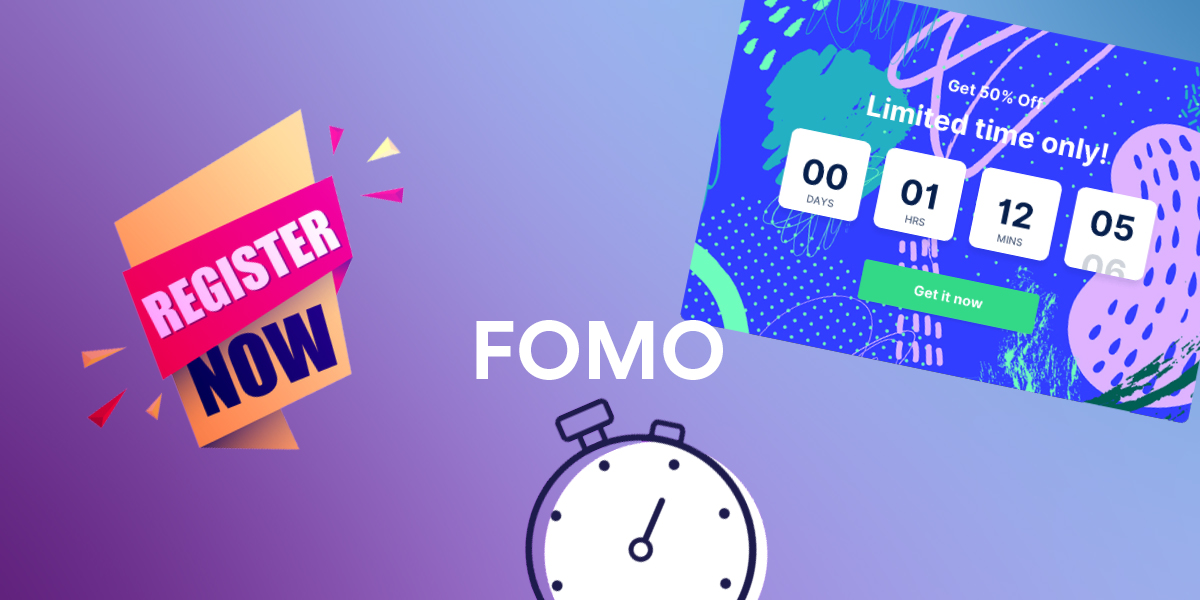In the world of affiliate marketing, your success hinges on your ability to capture your audience's attention, pique their interest, and ultimately drive them to take the desired action—whether that's making a purchase, signing up for a newsletter, or downloading an app.
At the heart of this digital dance is copywriting, the art of persuasive writing. Crafting compelling ad copy is an essential skill for affiliate marketers, and it's the linchpin between potential customers and the products or services you're promoting. In this article, we'll explore ten essential tips to help you become a more effective copywriter in the realm of affiliate marketing.
Of course, all of this sounds like a sales pitch for an expensive copywriting course, but don’t fear, we haven’t written that book yet! For now, we can offer you the knowledge of some essential tips that are easy to implement and are guaranteed to improve your copy and drive more results ASAP!
1. Know Your Audience
Effective copywriting begins with a deep understanding of your target audience. To engage your readers, you need to know their pain points, desires, and preferences. Start by creating detailed buyer personas that encompass demographic information, psychographics, and even their browsing habits. Once you've gathered this data, you can tailor your copy to speak directly to their needs and aspirations.
See what your competition is doing and how they approach their community. The more you observe and analyze the more info you can extract on how to best approach your audience and grow your following through great marketing!
Example:
Suppose you're promoting a weight loss product. If your audience is primarily young professionals looking for a quick solution, your copy might focus on time-saving and convenience.
2. Grab Attention with a Strong Headline

The headline is the first thing readers see, and it must stop them in their tracks. Use powerful words, ask intriguing questions, or make bold statements that promise a solution to a problem. A compelling headline is your ticket to drawing readers into the rest of your ad.
An example of our fictive weight loss product from before could be: "Shed Pounds in Weeks: The Ultimate Weight Loss Solution You've Been Waiting For!"
But remember that just the headline is not enough. A lot of experienced copywriters talk about a concept they like calling “the slippery slope”. The idea is simple, each of your sentences should be an introduction to the next. When done properly this makes your text very interesting and engaging and the customers want to read through the entirety of your copy and interact with the products or services mentioned.
So after you craft the perfect headline, do the same for your subheadlines, and then find ways of creating unique and interesting paragraphs that match the subheadlines. Once mastered, this will become close to natural when writing!
3. Highlight Benefits, Not Features
Instead of just listing the features of the product or service, emphasize the benefits your audience will gain. How will it improve their lives? Focus on the transformation your affiliate offer can provide.
Example:
- Our program can give you: more energy, confidence, and better health!
- “With our fitness program, you'll regain your confidence, energy, and a healthier, more vibrant you!"
The second one is much more personal, feels more trustworthy, and sounds more professional when compared to a simple feature listing.
All of the great advertising companies already utilize this. Their goal is to evoke emotion and make you interested in a product beyond its feature set. This is hard to pull off, especially for newcomers to writing, but with enough learning and improvement, everyone can learn to write more personal product descriptions!
4. Keep it Concise
In the digital age, attention spans are short. Your copy needs to be concise and to the point. Remove any fluff and craft your sentences for maximum impact.
Simplicity is especially popular in Western countries (Asian countries prefer more detailed and complex advertising) so make sure that you adapt your content accordingly!
5. Create a Sense of Urgency

Motivate your audience to act by creating a sense of urgency. Limited-time offers, exclusive deals, and countdowns can spur people to take immediate action.
Headlines and banners such as "Act now and save 30% on your first purchase. This offer expires in 48 hours!" are always a popular way of enticing audiences, but nowadays we can be even more creative.
With different sales, events, and holidays, we can create themed limited offers that get things moving quickly.
- For digital products, you can utilize limited bundles and add-ons
- For physical products, you can create quantity-based urgency
- For services, you can limit the time to sign up for a discount
- For courses, you can advertise limited available slots
6. Establish Trust
People are more likely to take action if they trust you. This makes sense as people usually don’t trust unknown companies and entities with their money if they are advertising something that is not a usual purchase for most people. The more niche something is the more suspicious people can be.
This is a huge problem for newcomers in the industry who need to fight tooth and nail for each customer and somehow keep their trust for future sales. For this reason, a focus on establishing trust is very important for a healthy and functioning business.
As an affiliate, there are a couple of things you can do to help improve the trust of your community!
- Advertise only products and services that work as advertised. Don’t promote something for a ‘quick buck’ if it's going to lose you revenue in the long run!
- Be open with your sponsorships and affiliate links
- Don’t overprice common products, your audience will know
- Don’t work with known shady characters in the industry
- Don’t create fake sales and discounts just to gain a few clicks here and there, your community will notice!
- Don’t write fake reviews and comments for your products
- Utilize ratings and security badgers to build trust with your audience.
- Be open with the company and show your audience how you work on improving different aspects!
Use trust-building elements such as customer testimonials, ratings, and security badges to reassure your audience.
7. Tell a Story
Storytelling is a powerful way to engage your audience emotionally. Share a relatable narrative about someone who faced the same challenges your readers do and how your affiliate offer made a difference.
Stories try to connect with your audience on a more personal and emotional level. While this won't work on everyone, it will work on most people. Just make sure the stories are genuine, and not made up, since your audience will be able to tell for sure!
8. Use Persuasive Language
Words are your tools of persuasion. Writing persuasively is almost a science. You need to delve into human psychology and prompt your readers to take action by utilizing emotion. Employ action verbs, vivid adjectives, and persuasive adverbs to make your copy more compelling.
Example 1: A Non-Persuasive Statement
"Enhance your productivity with our time management app."
Example 2: A Persuasive Statement
"Unlock your true potential with our revolutionary time management app, boosting your productivity and giving you more time for what truly matters."
9. A/B Test Your Copy
Not all copy will resonate equally with your audience. A/B testing is essential to find the most effective messaging. Run multiple versions of your ad with slight variations in the copy and measure which one performs best.
You might test two headlines: "Unlock the Secret to Effortless Weight Loss" and "Discover the Science of Rapid Fat Loss." Your audience's response will guide your future copywriting.
10. Have a Clear Call to Action (CTA)
Your copy should culminate in a clear and compelling call to action. Make it easy for your audience to know what to do next. Use action words like "buy now," "sign up," or "download" to guide them.
You can also utilize FOMO in your CTAs and make buttons that have countdown timers and “X remaining” trackers to make people more likely to engage.
Conclusion
In summary, affiliate marketing success hinges on effective copywriting.
By understanding your audience, crafting compelling headlines, focusing on benefits, being concise, creating urgency, establishing trust, telling stories, using persuasive language, A/B testing, and employing a clear CTA, you can create ads that capture attention, engage readers, and drive conversions.
Mastering these copywriting techniques is the key to thriving in the world of affiliate marketing, where the right words can turn prospects into loyal customers.
What have you learned about copywriting by doing it? What are your biggest tips for people starting? Share them with us in the comments below!
Please log in to Facebook to access the comments section